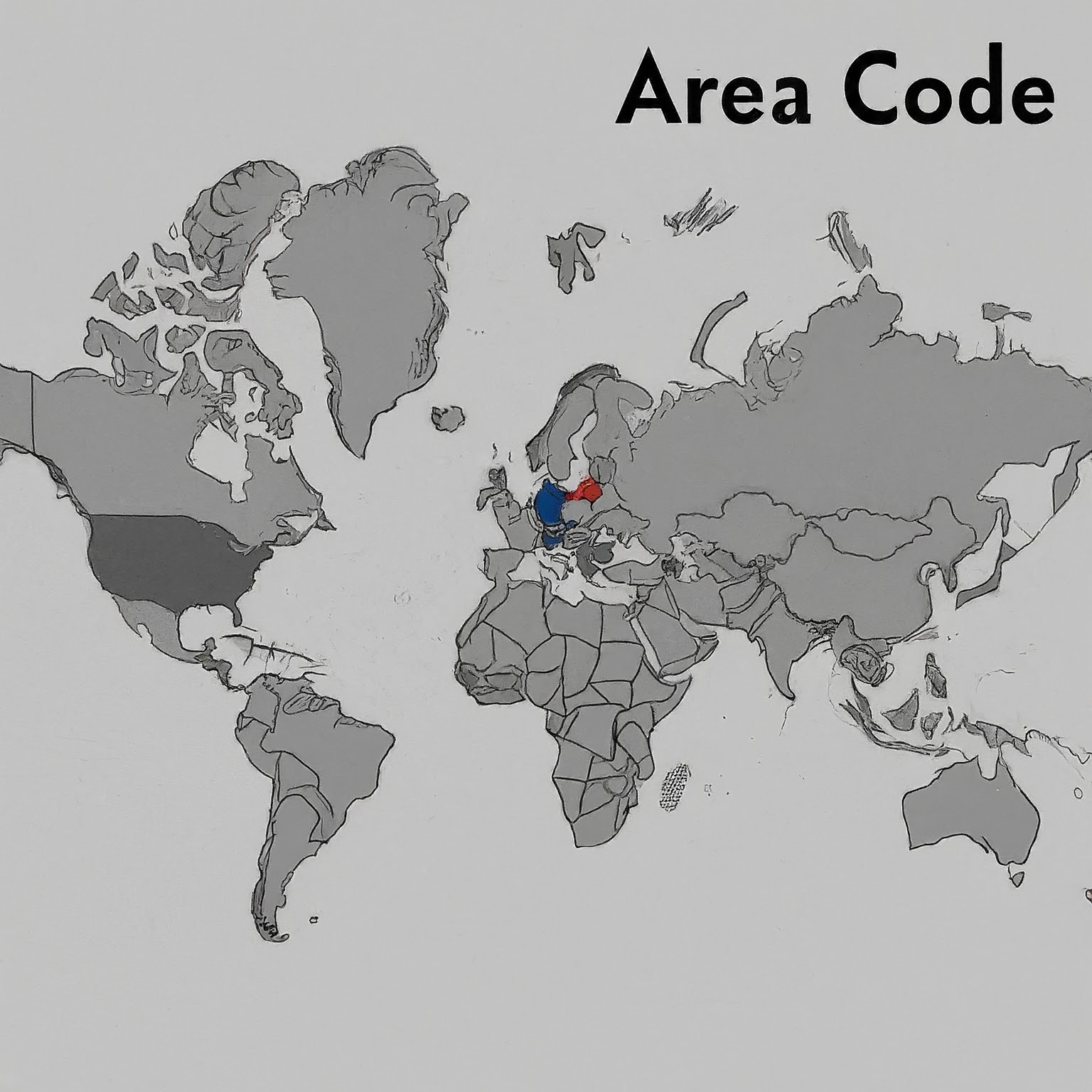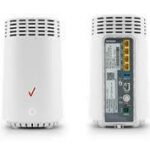The 426 area code is not currently in use for any geographical location in the United States, Canada, or any territory within the North American Numbering Plan (NANP). It is designated as an unassigned/reserved code by the North American Numbering Plan Administrator (NANPA).
Therefore, if you receive a phone call or text message from a number that appears to begin with the 426 area code (i.e., 1-426-XXX-XXXX), it is almost certainly a scam attempt using Caller ID spoofing technology to disguise the caller’s true origin.
This article details the official status of the 426 area code, explains the common scam risks, and provides critical steps you should take to protect your personal information and finances.

The Official Status of Area Code 426
Within the NANP, area codes are allocated in blocks as needed. The 426 code falls into a range of numbers that are reserved for future assignment, often as overlays or splits in high-demand regions.
| Detail | Status |
| Geographic Location | None (Unassigned/Reserved) |
| Country | Not currently in use in the U.S., Canada, or the Caribbean. |
| Time Zone | N/A (Not tied to a location) |
| Call Risk | High risk of Caller ID Spoofing or fraudulent calls. |
Important Context: The 426 code is part of a series of area codes (including 427, 428, and 429) that remain unassigned and are essentially placeholders. Any service attempting to connect to a full 10-digit number starting with 426 will fail, confirming the number is invalid for public use.
High Risk: Caller ID Spoofing and Fraud
Scammers actively target consumers using unassigned area codes like 426 because these codes often slip past basic call-blocking technology that tracks known spam numbers.
The Scam Tactic: Disguise and Urgency
When you see a call from the 426 area code, a scammer is using technology to transmit false information to your phone’s caller ID system. Their goal is to create a sense of ambiguity or urgency.
- Ambiguity: The number looks “almost” local or domestic, prompting you to answer out of curiosity.
- Fraud: Once you answer, the scammer uses tactics like impersonating government agencies (IRS, police), tech support, or a debt collector to pressure you into revealing personal information or sending money via gift cards or wire transfers.
Warning: No Legitimate Contact Will Use This Code
If a call from the 426 area code claims to be a bank, government official, or tech support agent, it is a lie. Legitimate organizations do not use unassigned area codes and will not contact you demanding immediate payment or threatening arrest.
Actionable Steps: How to Handle Calls from 426
If your phone rings and displays a number beginning with 1-426-XXX-XXXX, follow these protective steps:
- Do Not Answer: Never pick up calls from numbers you do not recognize. Answering confirms your line is active, making you a target for more calls.
- Do Not Call Back: Calling an unassigned number is pointless and may risk connecting you to a premium international service, incurring high charges.
- Block the Number: Use your mobile phone’s native feature (usually found in the call logs) to block the incoming number immediately.
- Report the Spoofing: File a complaint with your mobile carrier and the Federal Communications Commission (FCC) or the Federal Trade Commission (FTC). Reporting helps regulators track illegal robocalling campaigns.
Frequently Asked Questions
Is there any way a call from the 426 area code is real?
No. For the general public, there is absolutely no legitimate reason for a phone call to originate from the 426 area code. Any incoming call using this area code is an attempt at deception.
When will the 426 area code be assigned to a location?
The North American Numbering Plan Administrator (NANPA) will assign the 426 area code when existing codes in a large metro area run out of numbers. While it is reserved for a future geographic split or overlay, no date has been set, and the process is typically announced years in advance.
Can I get charged international rates if I return a call to a 426 number?
It is possible. Although 426 is reserved domestically, scammers sometimes use it to mask an underlying routing structure that leads to an international destination. To avoid any unexpected premium charges, do not return the call.


